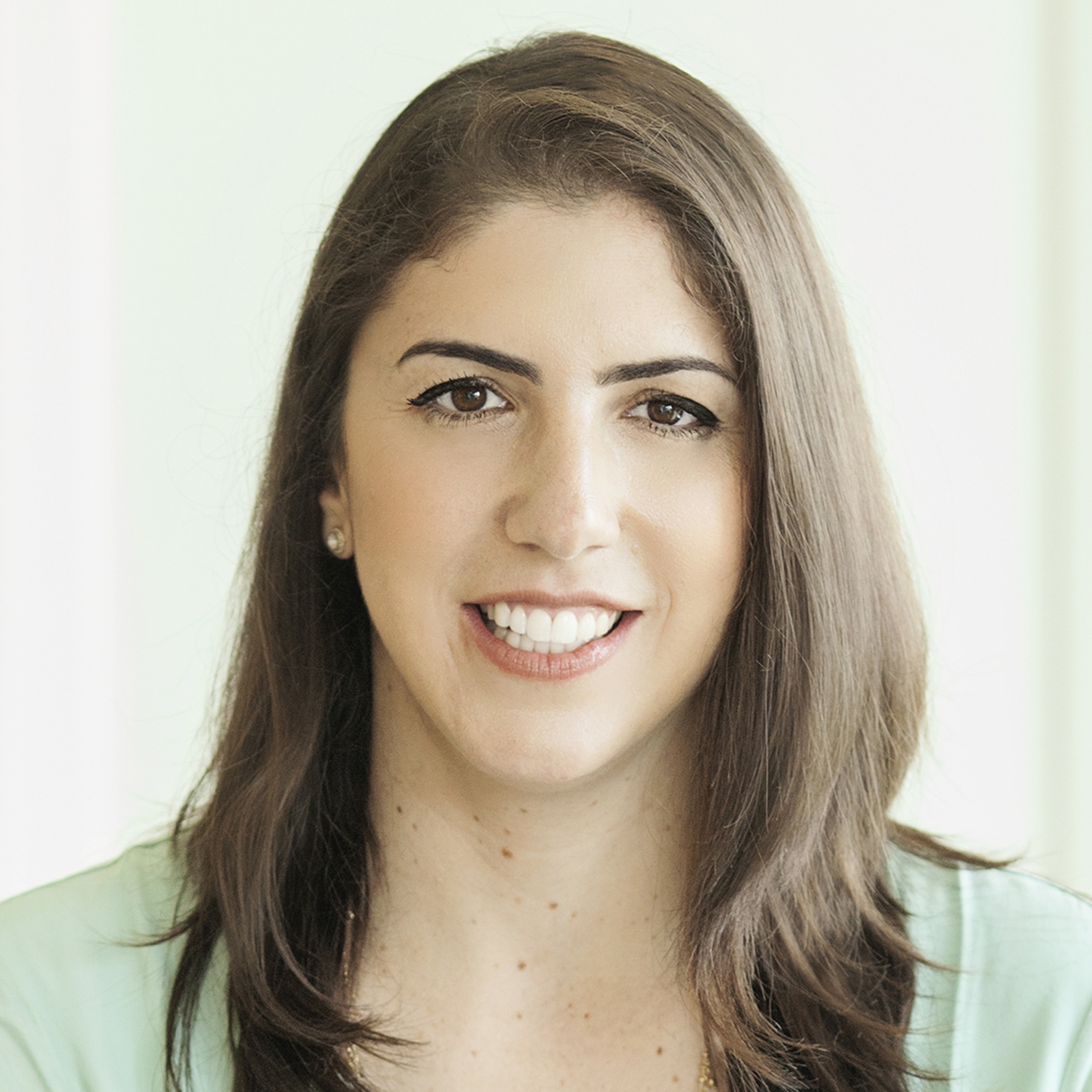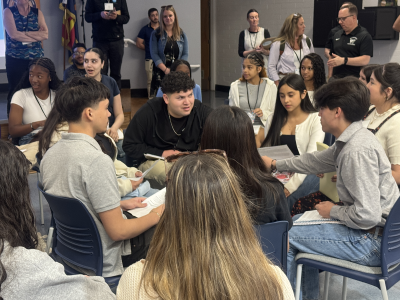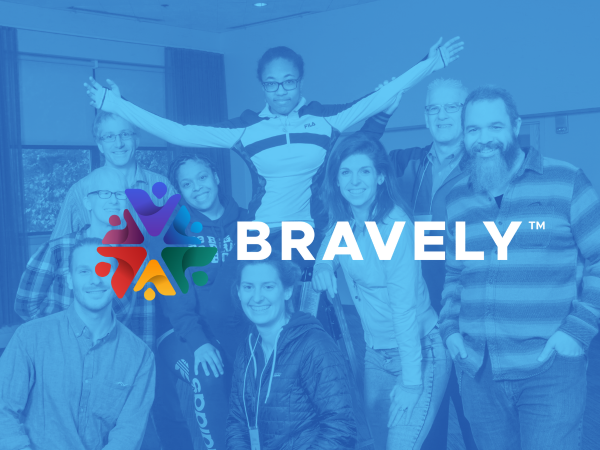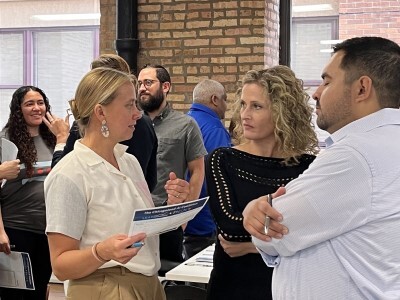Getting Better at...Getting Better in Education
Topics
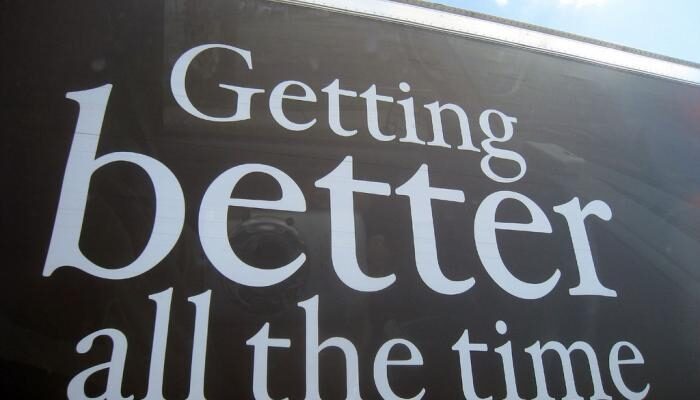
Educators are the lead learners in schools. If they are to enable powerful, authentic, deep learning among their students, they need to live that kind of learning and professional culture themselves. When everyone is part of that experiential through-line, that’s when next generation learning thrives.
Practitioner's Guide to Next Gen Learning
Every educator is committed to getting better. Period. Improvement science is a way for educators to craft interventions to solve their own problems of practice.
Every educator I know is committed to getting better. Period. I’ve never visited a school that doesn’t have an improvement plan, strategic plan, or transformation plan of some sort. If we take the goal of improvement as a constant in our field, then the question becomes: how do we improve? By what methods and with what information?
An Overview of Improvement Science
Last week, I joined NGLC grantees from Oakland and D.C. as well as over a thousand educators from across the country at the Carnegie Foundation’s Summit on Improvement Science in San Francisco. Improvement science—a specific methodology that has been applied to business, healthcare, and other sectors—is a way for practitioners to help craft interventions to solve their own problems of practice. The methodology involves developing hypotheses around causality (“driver diagrams”) and then collecting data to confirm or disconfirm such hypotheses. It provides real-time, actionable data that is shared across “networked improvement communities” or NICs. Here are the core tenets:
- Make the work problem-specific and user-centered.
- Variation in performance is the core problem to address.
- See the system that produces the current outcomes.
- We cannot improve at scale what we cannot measure.
- Anchor practice improvement in disciplined inquiry.
- Accelerate improvements through networked communities.
Improvement Science at Work in Delaware
Last fall, I traveled to Delaware to meet Michelle Savage, principal of Shue-Medill Middle School, and the team of teachers at her school who have volunteered to pilot the process of improvement science.
The team identified improving growth mindset for teachers and students as their key problem of practice. Currently the team meets biweekly to analyze data and tweak the driver diagrams, using the data to adjust the interventions. Savage’s school has partnered with a local school in Delaware as well as other schools across the country as part of a NIC called the Student Agency Improvement Community (SAIC). The Carnegie Foundation has created an online platform for data entry and analysis and provides coaching and technical assistance to Savage’s team.
Here is what Savage has to say about improvement science:
What makes the improvement science method different than a traditional improvement plan or strategic plan is that it is a theory built by the school about how to improve the school. It makes you focus on certain areas but instead of creating a mass implementation of ideas or curriculum, ideas are generated within the bigger drivers. Teachers are then able to look at their own classroom and decide how they can assist in the improvement process. The document constantly changes as needed based on data. It isn't year to year. We look at ours biweekly and make additions and changes constantly. It is a true breathing/working document.

Improvement Science isn’t perfect, reports Savage’s team and others. One big challenge of the method is that it requires a significant amount of time devoted to data entry which is hard for busy teachers. The team at Carnegie Foundation is working to minimize the time required and streamline the systems.
So how does improvement science help educators get better at getting better? Here is what Casey Montigney, a teacher at Shue-Medill, reports:
How do we get better at getting better? We use experiences as learning opportunities to make tweaks to the system rather than giving up/ deciding it doesn't work... we view mistakes as steps towards growth.
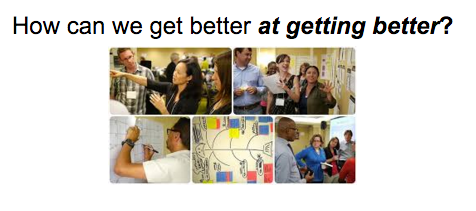
Resources on Improvement Science
The Carnegie Foundation website is quite rich and full of useful articles and links. Carnegie also assembled these key resources from their summit:
Another great resource on improvement science is Advancing the Field of Education Research, a blog post by Anu Malipatil, director of education for the Overdeck Family Foundation.
Improvement science is one of the many approaches NGLC grantees are using to assess their progress and create an evidence base behind their work. We’re working on a report that highlights a few other methodologies adopted by NGLC grantees and other innovators. We’ll be sharing more later this spring so stay tuned!
Update: That report, Measures That Matter Most, is now available. Visit https://www.nextgenlearning.org/measures-that-matter-most for more on this topic.
Photo by Katy Warner, CC-BY-SA.

